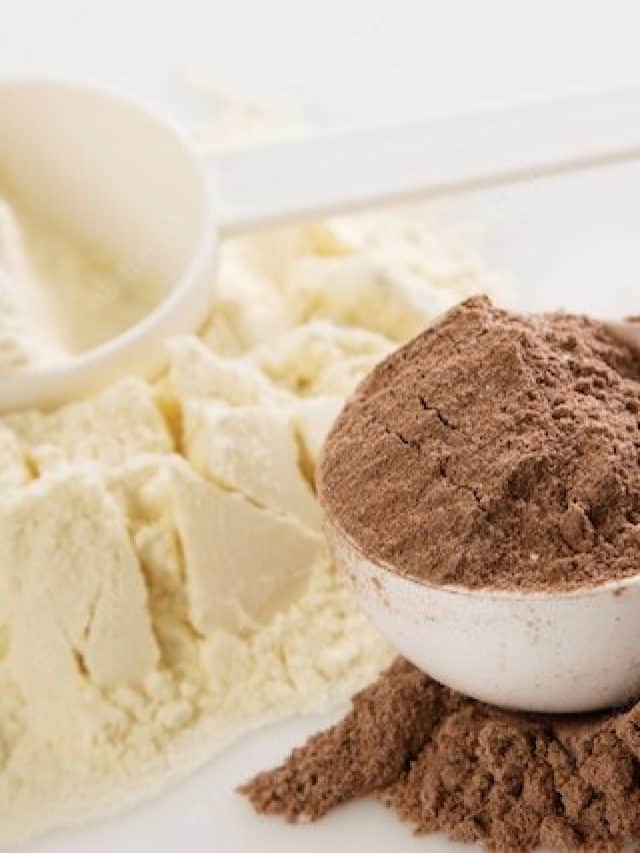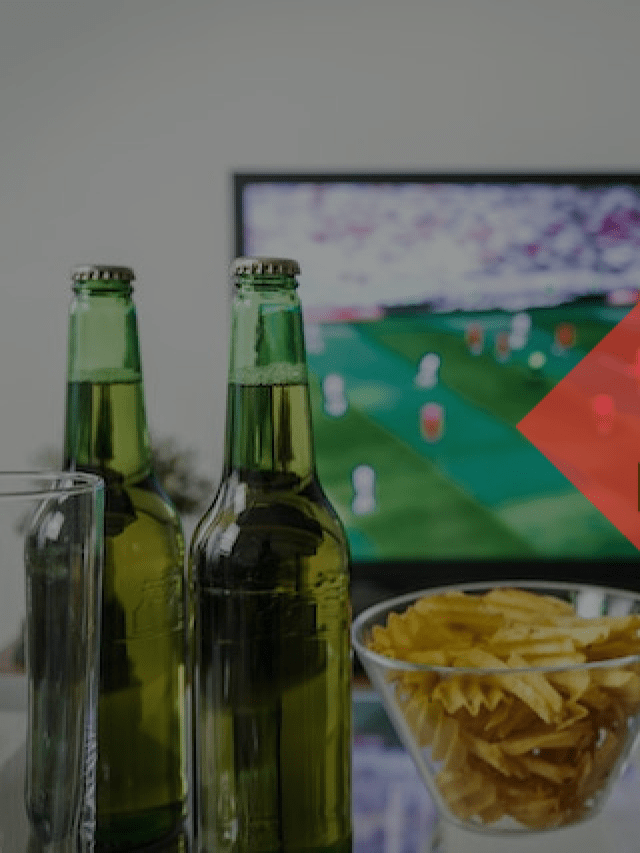
In the quest for muscle building, one term that frequently pops up is “calorie surplus diet.” This concept, while seemingly straightforward, plays a crucial role in gaining muscle mass. This article aims to delve deeply into what a calorie surplus diet is, why it is essential for muscle building, and how to effectively implement it.
What is a Calorie Surplus Diet?
A calorie surplus diet refers to the consumption of more calories than your body needs to maintain its current weight. In simple terms, it means eating more than your body burns in a day. This surplus of calories provides the necessary energy and nutrients for the body to build new muscle tissue.
Understanding Calories and Energy Balance
To fully grasp the concept of a calorie surplus, it’s essential to understand the basic principle of energy balance. The body requires a certain amount of energy (calories) to perform its daily functions, which include everything from basic metabolic processes (like breathing and digesting food) to physical activities (like walking, exercising, and even fidgeting).
The energy balance can be categorized into three states:
- Calorie Deficit: Consuming fewer calories than the body needs, leading to weight loss.
- Calorie Maintenance: Consuming the exact number of calories the body needs to maintain its current weight.
- Calorie Surplus: Consuming more calories than the body needs, leading to weight gain.
Why is a Calorie Surplus Important for Muscle Building?
When it comes to muscle building, a calorie surplus is essential for several reasons:
- Energy for Training: Building muscle requires intense and consistent training. Consuming extra calories ensures that your body has enough energy to sustain heavy lifting and high-intensity workouts. Without sufficient energy, performance in the gym can suffer, leading to less effective training sessions.
- Recovery and Repair: After a workout, your muscles need to repair and grow. This process requires not just energy, but also specific nutrients like proteins, amino acids, and other micronutrients. A calorie surplus provides these essential building blocks, facilitating faster and more efficient recovery.
- Anabolic Environment: A calorie surplus creates an anabolic environment in the body, which is conducive to muscle growth. Anabolism refers to the metabolic processes that build up tissues and organs, including muscle tissue. In a state of calorie surplus, the body is more likely to enter an anabolic state, promoting muscle hypertrophy (increase in muscle size).
- Preventing Muscle Breakdown: Inadequate calorie intake can lead to the body breaking down muscle tissue for energy, especially during intense training periods. A surplus of calories helps prevent this catabolic state (breakdown of tissues), ensuring that muscle mass is preserved and added to.
Components of a Calorie Surplus Diet
Creating an effective calorie surplus diet involves more than just eating more food. It’s about consuming the right kinds of food in appropriate quantities to support muscle growth. Here are the key components:
- Macronutrients: The three primary macronutrients are proteins, carbohydrates, and fats. Each plays a unique role in muscle building.
- Proteins: Essential for muscle repair and growth. Aim for 1.2 to 2.2 grams of protein per kilogram of body weight. Good sources include lean meats, poultry, fish, eggs, dairy products, legumes, and plant-based proteins like tofu and tempeh.
- Carbohydrates: The primary source of energy for workouts. Complex carbohydrates like whole grains, fruits, vegetables, and legumes should form the bulk of your intake. Carbohydrates also help replenish glycogen stores in muscles, aiding recovery.
- Fats: Necessary for hormone production, including testosterone, which is crucial for muscle growth. Healthy fats from sources like avocados, nuts, seeds, olive oil, and fatty fish should be included in your diet.
- Micronutrients: Vitamins and minerals play supporting roles in muscle function and overall health. Ensure a balanced diet rich in fruits and vegetables to get a variety of micronutrients.
- Hydration: Adequate water intake is vital for overall health and muscle function. Dehydration can impair performance and recovery, so drink plenty of water throughout the day.
Calculating Your Calorie Surplus
To determine the number of calories you need to consume for a surplus, you first need to know your Total Daily Energy Expenditure (TDEE). TDEE is the total number of calories your body needs to maintain its current weight, including basal metabolic rate (BMR) and physical activity.
- Calculate BMR: BMR is the number of calories your body needs to perform basic functions at rest. Various equations, like the Harris-Benedict or Mifflin-St Jeor, can estimate your BMR based on factors like age, sex, weight, and height.
- Harris-Benedict Equation:
- For men: BMR = 88.362 + (13.397 × weight in kg) + (4.799 × height in cm) – (5.677 × age in years)
- For women: BMR = 447.593 + (9.247 × weight in kg) + (3.098 × height in cm) – (4.330 × age in years)
- Mifflin-St Jeor Equation:
- For men: BMR = (10 × weight in kg) + (6.25 × height in cm) – (5 × age in years) + 5
- For women: BMR = (10 × weight in kg) + (6.25 × height in cm) – (5 × age in years) – 161
- Harris-Benedict Equation:
- Factor in Physical Activity: Multiply your BMR by an activity factor to estimate your TDEE.
- Sedentary (little or no exercise): BMR × 1.2
- Lightly active (light exercise/sports 1-3 days/week): BMR × 1.375
- Moderately active (moderate exercise/sports 3-5 days/week): BMR × 1.55
- Very active (hard exercise/sports 6-7 days a week): BMR × 1.725
- Super active (very hard exercise/sports & physical job): BMR × 1.9
- Add a Calorie Surplus: To promote muscle growth, add 250-500 calories to your TDEE. This range helps ensure a steady gain in muscle mass while minimizing fat gain. Beginners might aim for the higher end of the range, while more advanced lifters might choose the lower end.
Implementing a Calorie Surplus Diet
Implementing a calorie surplus diet requires careful planning and consistency. Here are some steps to guide you:
- Plan Your Meals: Create a meal plan that includes all your macronutrient needs. Ensure that each meal contains a balance of proteins, carbohydrates, and fats.
- Meal Frequency: Eating more frequently can help manage the increased calorie intake. Aim for 5-6 smaller meals throughout the day rather than 3 large ones.
- Monitor Progress: Keep track of your weight and body composition. Regularly assess whether you’re gaining muscle and adjusting your calorie intake as needed. Tools like body measurements, progress photos, and strength levels can provide valuable insights.
- Adjust as Needed: If you find that you’re gaining too much fat, reduce your calorie surplus slightly. Conversely, if you’re not gaining muscle, consider increasing your surplus.
- Consistency and Patience: Muscle building is a gradual process. Stay consistent with your diet and training regimen, and be patient with your progress.
Common Challenges and How to Overcome Them
While a calorie surplus diet is effective for muscle building, it comes with its challenges. Here are some common issues and tips to overcome them:
- Excess Fat Gain: A calorie surplus can lead to fat gain. To minimize this, ensure that your surplus is not excessively high. Focus on nutrient-dense foods rather than empty calories from junk food.
- Digestive Issues: Eating more food can strain the digestive system. Opt for smaller, more frequent meals and choose easily digestible foods. Staying hydrated and including fiber-rich foods can also aid digestion.
- Maintaining a Balanced Diet: With the focus on consuming more calories, it’s easy to neglect micronutrients. Ensure a variety of foods in your diet to cover all nutritional bases.
- Time Management: Preparing and eating more meals can be time-consuming. Plan and prepare meals in advance, and consider batch cooking to save time.
Conclusion
A calorie surplus diet is a fundamental component of muscle building. By consuming more calories than your body needs, you provide the necessary energy and nutrients for muscle repair, growth, and recovery. While it requires careful planning and monitoring, the results can be profoundly rewarding.










